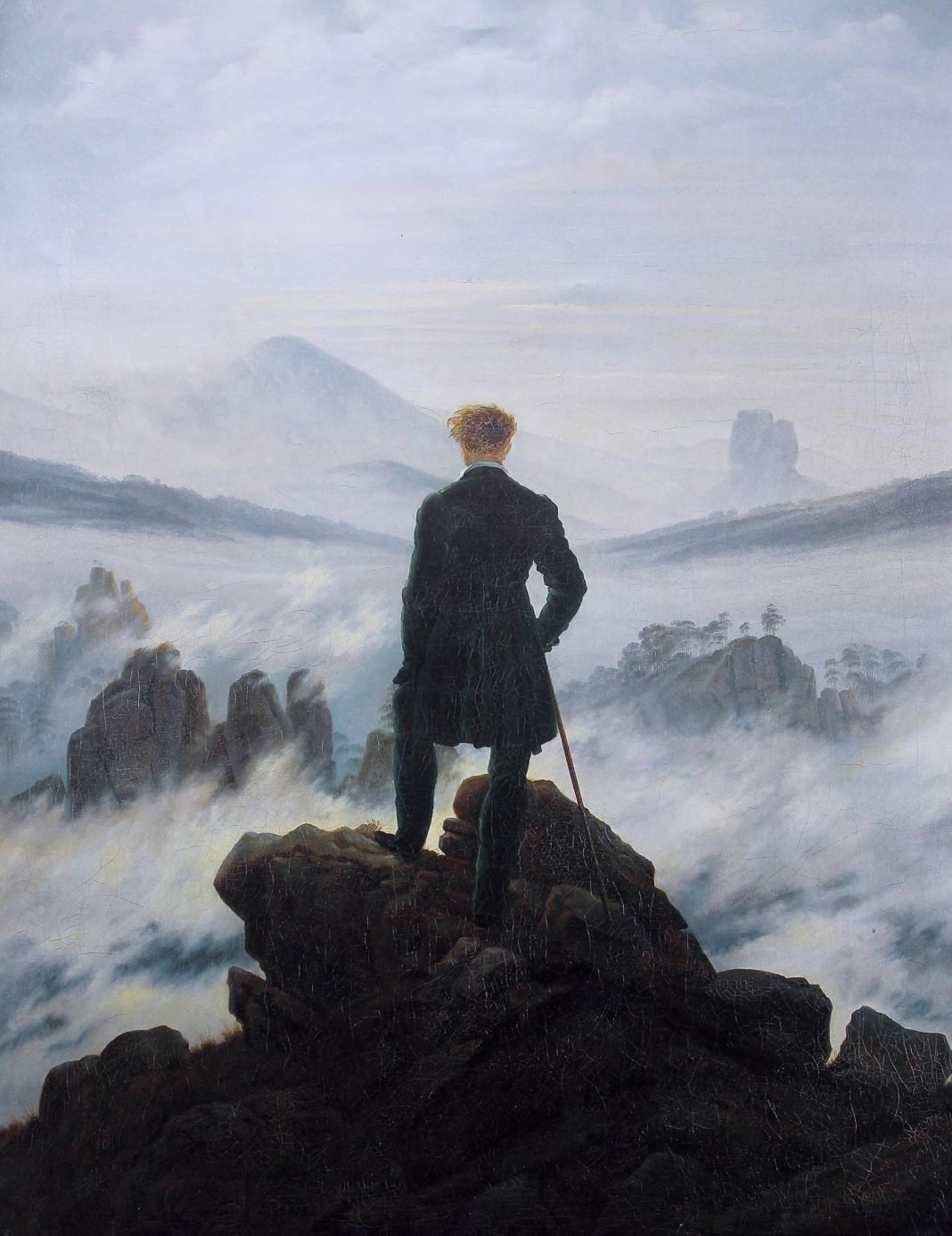The men who wrote history’s most luscious movement into being had personalities as big as their characters’. They believed in genius and expected it from themselves—that unusual ability to get everything right the first time, as if taking dictation from gods. Sweat and revision wouldn’t become fashionable until Flaubert began walking up and down his father’s garden path, reading Madame Bovary aloud and agonizing over each word. In the late 1700s and early 1800s, it was all about impulse and emotion.
So you want to claim one of these spontaneous bright stars as your own? Your Romantic has feelings and he’s not afraid to wear them on his (blue-jacketed) sleeve. He celebrates nature and solitude but is also up for a getaway with friends on the shores of Lake Geneva, where grisly tales might be conceived in a challenge. He weeps at the plight of a pauper or the grandeur of a landscape that reminds him of God. He might even weep over you; above all, he acts on his feelings.
If you are going to commit yourself to a Romantic, it’s best to know what you might be dealing with—and who he dealt with in past relationships. Make an informed decision through this breakdown of the raptures and pitfalls in eight facets of the Romantic Man.
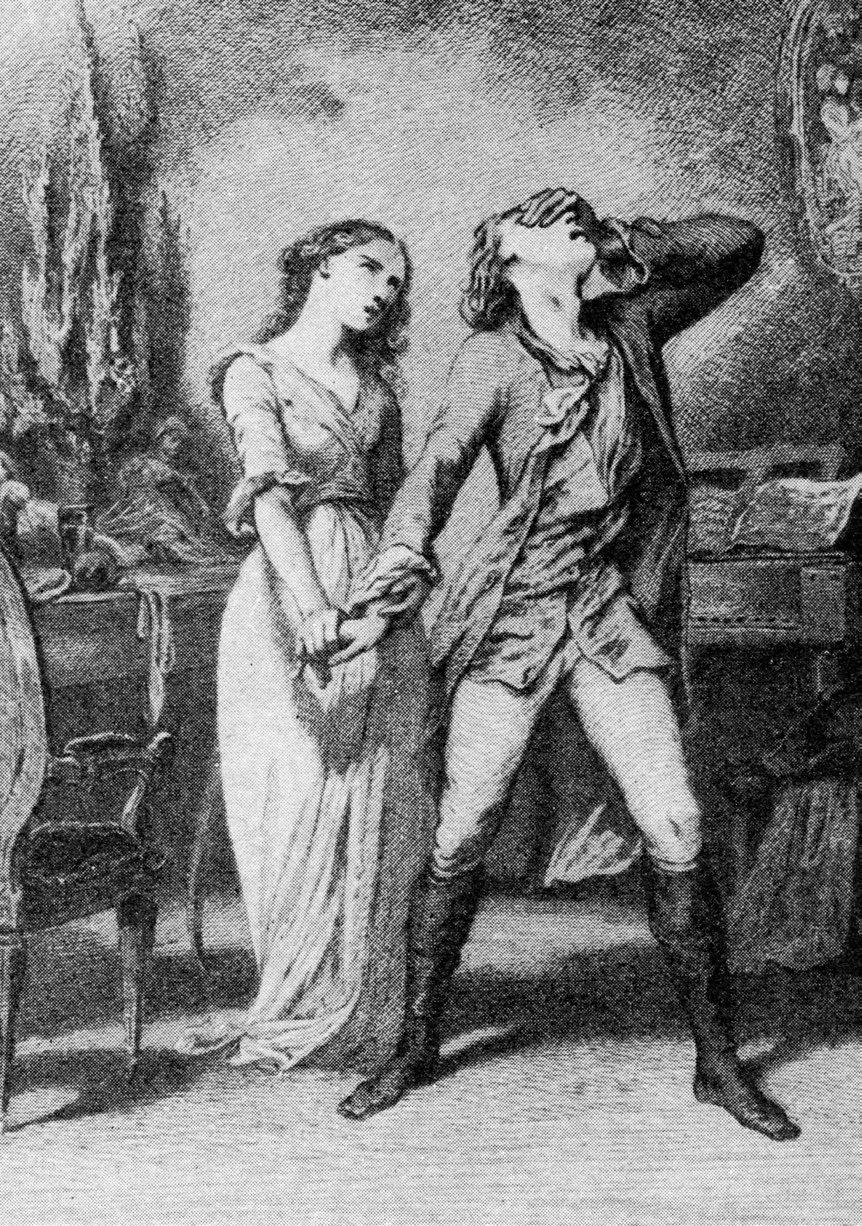
The Wunderkind
The blessed Wunderkind! There’s no trouble spotting him. He is both young (in German, a child is a Kind) and, of course, a genius. He loves hard and leaves it all on the page.
The Ur-Wunder was Johann Wolfgang von Goethe, also the first international literary superstar. In 1774, Goethe was twenty-four when his first novel, The Sorrows of Young Werther, burst from his native Germany to popularity in France, England, Scandinavia, and beyond. It was such a sensation that young men all over Europe immediately donned yellow vests and blue coats like Werther’s. The tale of love at first sight but unrequited—torturously so—ends in the hero’s death of a broken heart, but Goethe himself lived to be eighty-two, long enough to influence everyone from the Romantics to existentialists and even Napoleon, who met him and cried, “You are a man!”
Many a Wunderkind dies before his time. The greatest danger that he poses is to himself, as he fears that if he doesn’t produce zeitgeist-shattering work early on, it will never happen. This is the long shadow cast by Thomas Chatterton, born in 1752, but it comes not from the faux medieval poetry he wrote in very early adolescence but from the fact that he overdosed on arsenic at age seventeen, bemoaning that success had not come quickly enough. He was almost certainly a virgin.
Given a few more months, Chatterton might have measured himself against Percy Bysshe Shelley, who published his first novel at eighteen, followed by innumerable poems and essays that still rank among the absolute greatest, and was dead by thirty. Or John Keats, who suffered dreadfully from tuberculosis but penned “La Belle Dame Sans Merci,” “The Eve of Saint Agnes,” and “Ode to a Nightingale” before expiring at age twenty-five.
“Heard melodies are sweet,” Keats wrote in “Ode on a Grecian Urn,” “but those unheard are sweeter.” So much of the Wunderkind’s art remains unheard, and that’s just how melancholy aficionados like it.
Given their tendency to die young, if the Romantic of your dreams is a Wunderkind, it’s best to find him early and pursue him with vigor—which is also very Romantic.
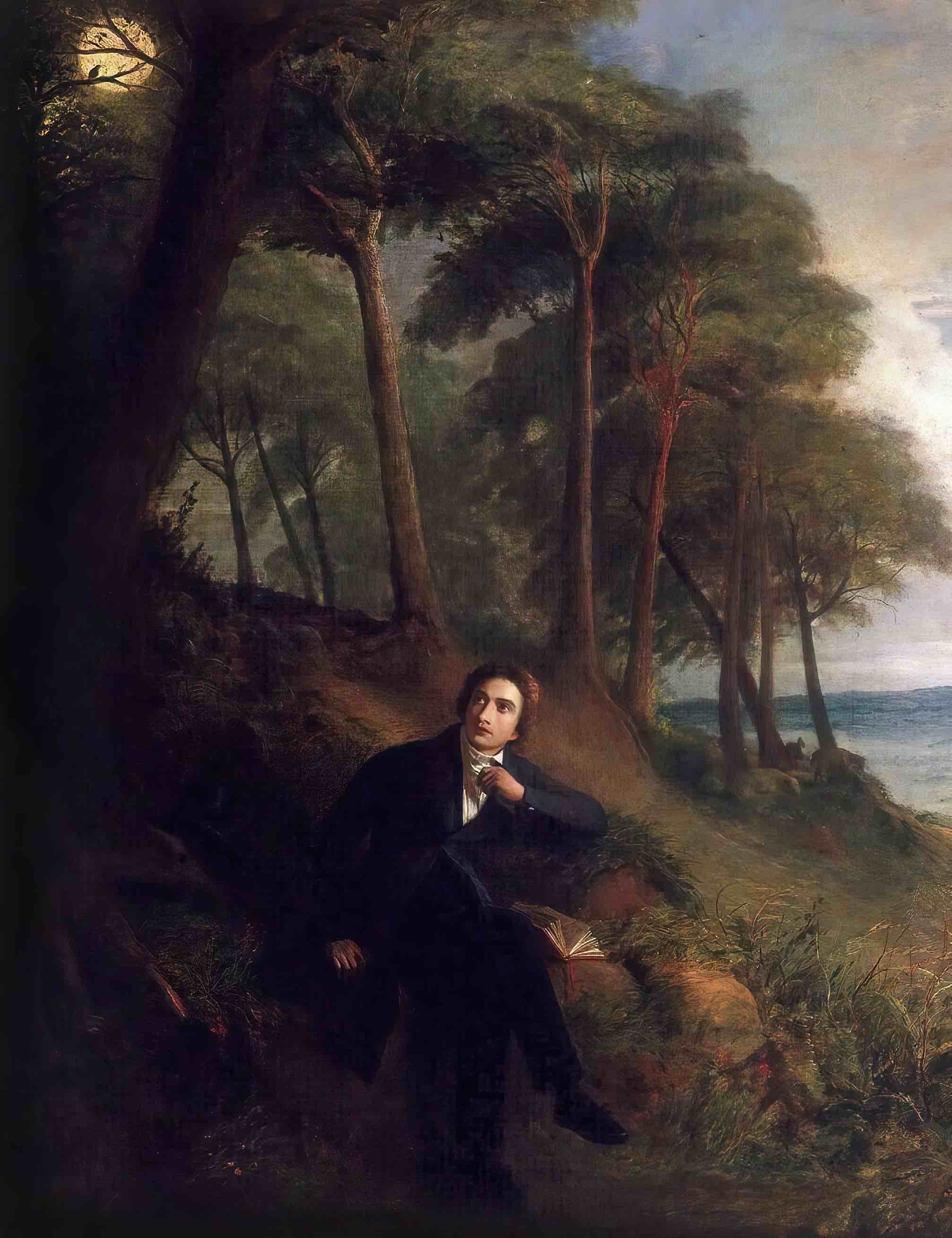
The Man of Sentiment
This Romantic’s feelings are always bubbling to the surface, and he truly believes that they deserve expression. He will talk about his emotions and listen to yours, but he won’t necessarily be faithful.
When the Man of Sentiment was conceived in the late 1700s, it seemed that a teardrop forever hovered on his lower eyelid, as he grieved for a broken world as often as for his own broken heart. In A School for Scandal by Richard Brinsley Sheridan, he is the kindly Charles Surface, who weeps for Mr. Stanley’s poverty and then helps him out. In Henry Mackenzie’s The Man of Feeling—a novel most remembered because it was beloved by Robert Burns—he is the only person with enough heart to give a shilling to a wretched beggar.
As Romantics evolved, the tear-hovering posture became a way to criticize the bigger society from a low position outside it. In “To a Louse,” Burns’s speaker observes the insect crawling over a pretty young girl in church, then judges her harshly:
O wad some
Power the giftie gie us
To see oursels as ithers see us!
It wad frae money a blunder free us,
An’ foolish notion …
In short, he wishes God would grant everyone the chance to see themselves as others see them; we might not be so proud of ourselves then. Never mind that Burns himself was a bit of a playboy and dandy around Ayrshire, Scotland; he upheld some old values when he married one longtime mistress, Jean Armour, whose ninth and final child by him was born the day of his funeral in 1796.
The Man of Sentiment may have sobbed his last with Hans Christian Andersen, whose often tragic fairy tales celebrated unrequited love (“The Little Mermaid,” “The Constant Tin Soldier”) and characters unappreciated until after death (“The Little Match Girl,” “The Fir-Tree”)— sometimes not even then. Although Andersen never did have a happy romance and in fact kept his libido agonizingly in check during his youth, he died at age sixty-seven well-loved … by the reading public, if not by individual people, who tended to find him somewhat insufferable.
You might conclude that the Man of Sentiment is a bit of a priss. You might admire his kindness to the unfortunate and appreciate his willingness to discuss your relationship, but in the end the moral judgment (and the hypocritical philandering) might prove too much for you.
Pass him a hankie; you know he’ll miss you when you’re gone.

The Nature Boy
No Romantic worth the yellow vest would choose city life over a stroll through nature, preferably alone. In April 1802, William Wordsworth and his sister Dorothy discovered a field of daffodils that inspired him to go back and pen this poem, as much loved by modern Brits as it was by old Romantics:
I wandered lonely as a cloud
That floats on high o’er vales and hills,
Till all at once I saw a crowd,
A host of golden daffodils.
This is the only sort of crowd your Romantic Nature Boy will tolerate; their “jocund company” puts him in a good mood. If you’re lucky, he’ll take you on a stroll through mud and muck, chasing Shelley’s “wild West Wind, thou breath of Autumn’s being” and begging that wind to use him to make music.
You’ll explore every glen and mossy ruin in the neighborhood, and still he’ll insist on diving into rough waters to experience nature at its wildest. Just be cautious around the Hellespont, that choppy passage in the Turkish Dardanelles; a twenty-two-year-old Lord Byron swam it and survived, but plenty of others did not.
Bring sensible shoes.
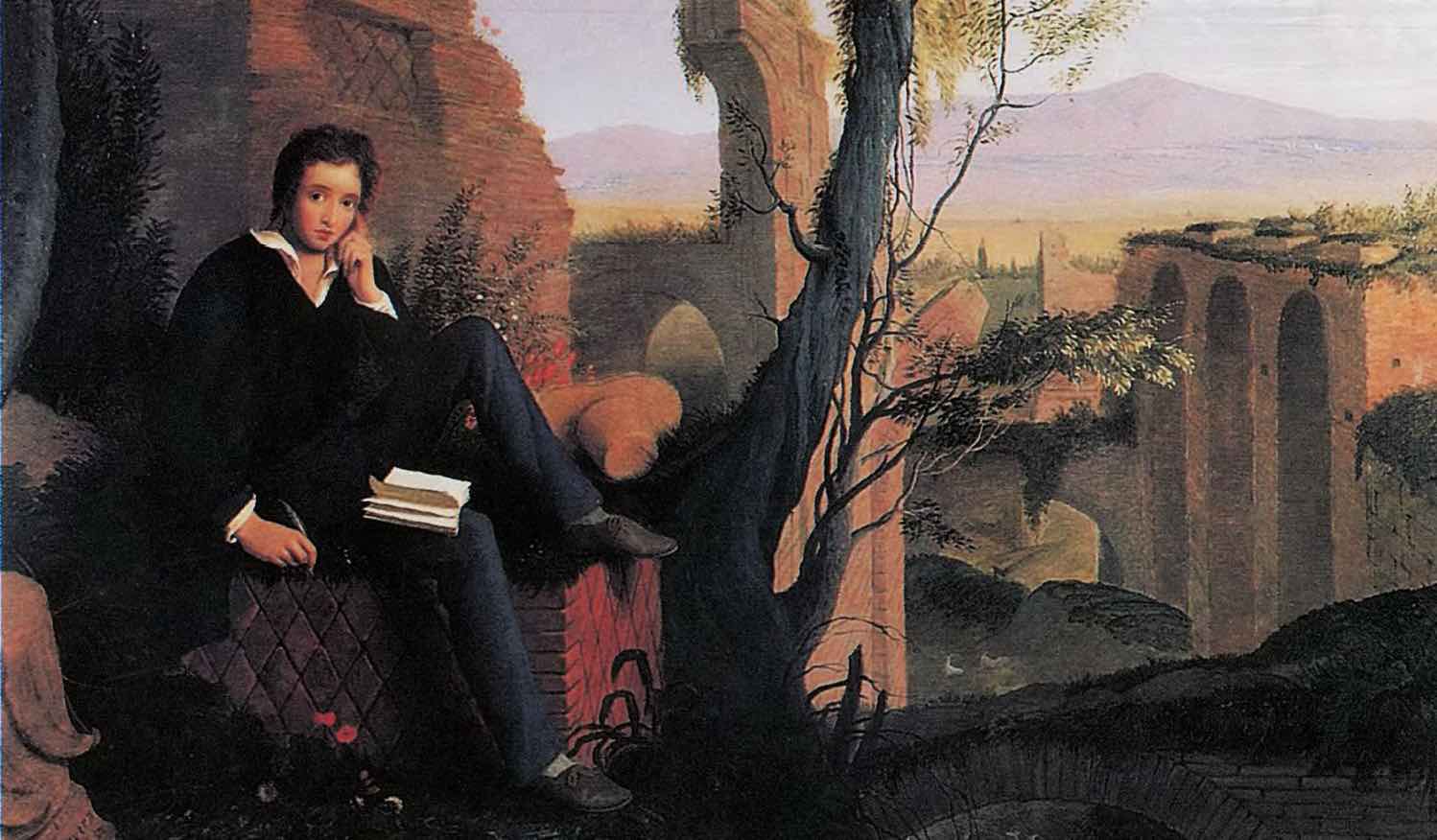
The Sublimist
The Sublimist is part Man of Sentiment, part Nature Boy. He appreciates beauty in all forms, whether it’s a gathering thunderstorm, a towering mountain, or a painting that shows genius connected to the divine. When he weeps, it is because beauty overwhelms his senses to the point of speechlessness and terror. In his more articulate moments, he will tell you that this is the true experience of what the philosophers call the sublime.
The Sublimist forever seeks that feeling in love; nothing less will satisfy. With him, you will have many moments that are more passionate than tender. He will try to put his feelings
into words, but paradoxically, once he is able to do so, your relationship is probably over.
His flaw is that he doesn’t think things through rationally, so he may not always be aware of the consequences of giving himself so completely to you—and expecting you to do the same.
He might destroy other people, pets, himself, and you in a misguided plan to win your heart. Consider Emily Brontë’s 1847 novel, Wuthering Heights, and how Heathcliff’s obsession with Cathy lasts beyond her death. Would you want your lover to dig you up years after you’re laid in your grave, just so he can look on your face again? Let alone behave so cruelly in his next relationship, just because the girl isn’t you? (If you do want that, I recommend counseling.)
Remember this before you fall in love with a Sublimist: His love is like a waterfall pounding down the side of an Alp, overpowering with sound and vibration and spray. You cannot be blamed for finding it a bit exhausting.
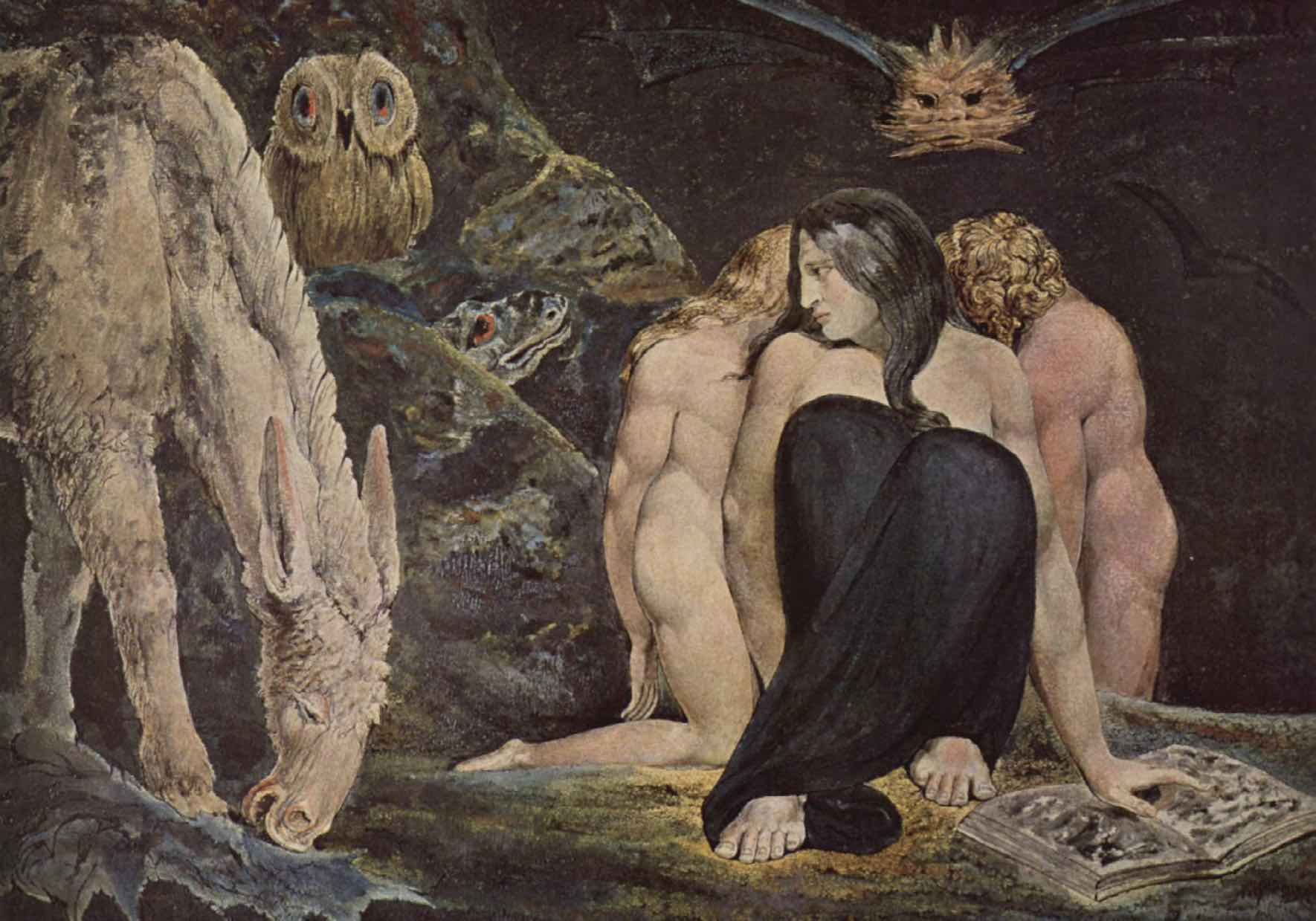
The Adventurer
This Romantic never says no to a dare. He lives life to the hilt and stares death in the face. His tastes may be strange and his behavior reckless, but he loves life—and you.
He is Shelley, who left his wife, Harriet, to embrace Free Love and that most famous female Romantic, Mary Wollstonecraft Godwin Shelley, future author of Frankenstein. The two traveled together for years and conceived a child before poor Harriet’s suicide enabled them to marry in 1816. A mere six years later, Shelley sailed his boat into a storm and died—but his heart remained behind, at least according to legend; a friend snatched it from the funeral pyre, to be buried decades later with his son.
Perhaps the ultimate poet-adventurer is George Gordon, Lord Byron. He dared not only the Hellespont but also the dons at Cambridge, who frowned when he brought a tame bear to campus because dogs were not allowed. These stunts were topped only when the first installment of his long poem Childe Harold’s Pilgrimage made him an international sensation in 1812 at age twenty-four.
Byron’s literary success may have been eclipsed in the popular imagination by his career as a seducer: from Mary Shelley’s sixteen-year-old stepsister, Claire Clairmont, by whom he had a daughter; to a wife, Anne, who lasted only a year; to rumored liaisons with female cousins and a young Greek man and, most infamously, his half-sister, Augusta, who gave birth to a girl believed to be his. Another lover, Lady Caroline Lamb, coined the epithet that modern bikers have tattooed on their forearms: “Mad, bad, and dangerous to know.”
One more adventurer is, again, Goethe—you can’t get away from this guy—whose infamous Doctor Faust exclaims, “Enough words have now been exchanged—let me see some action!”
(These are the lines that self-help authors often misquote from a loose early translation: “Whatever you think you can do or believe you can do, begin it. Action has magic, grace, and power in it.” This may be true, but it’s not exactly what Goethe said.)
As a man of action and a celebrant of unrequited love, Goethe (unlike many in the movement) was remarkably true of heart and long of life. While The Sorrows of Young Werther was loosely inspired by an exaggerated version of his friendship with one young lady, an older, married woman was his companion for ten years. But it was Christiane Vulpius, met in 1788, who would claim his heart and inspire his happiest and most erotic poetry; together they had five children (four of whom died), and they eventually did marry. Sure, they and their surviving son drank rather too much than was good for their health; perhaps when the Romantic appetite was satisfied in one arena, it had to act to excess in another. Nobody’s perfect.
Christiane died in 1816, and Goethe did not love again until he was a creaky elder of seventy-four. This time his love object was a seventeen-year-old girl; perhaps fortunately, as a Man of Sentiment might judge, the crush was not consummated, and Goethe’s unrequited passion inspired one of his greatest works, the Marienbad Elegy.
In short, best to catch the Man of Action while he’s young.

The Invalid
Let a Romantic live long enough, and he’s sure to end up in bed not with you but with some terrible illness. If you fall for the Romance of invalidism, prepare to race against time.
In an era when over 90 percent of the world’s population had been exposed to tuberculosis—then called consumption—and at least half of those had manifest symptoms of it, being sick was sexy. In fact, eyes bright with fever and a “hectic flush,” meaning cheeks red from coughing and more fever, were signs of rampant eroticism. A lady was considered “interesting” if she was pale and listless, arousing if she was hot with consumption. (It’s best to forget about TB’s other symptoms, often digestive in nature.)
Perhaps ill health gave twenty-two-year-old Keats his success with girls. He juggled the affections of both Isabella Jones and Fanny Brawne for a while, and there is some debate as to which one inspired his much-loved poem “Bright Star.” As he grew sicker, his heart turned exclusively to Fanny, and his expressions of love anticipated his death:
The time is passed when I had power to advise and warn you again[s]t the unpromising morning of my Life—My love has made me selfish. I cannot exist without you […] I have a sensation at the present moment as though I was dissolving […] I could die for you. […] I have endeavoured often “to reason against the reasons of my Love.” I can do that no more—the pain would be too great—My Love is selfish—I cannot breathe without you.
Shortly after penning this letter, Keats moved to Rome, where the warmer climate was supposed to help him breathe on his own. And there he died, though not for love.
The Dreamer
The sickly Romantic might also be the addicted Romantic, and addiction might lead (in a don’t-try-this-at-home sort of way) to his best poetry. Par exemple: that perhaps bipolar
and certainly invalid father of the movement, Samuel Taylor Coleridge, dreamer and laudanum addict. Born in 1772, Coleridge by age twenty-five had established himself as an expert on Shakespeare and Chatterton. At twenty-six, he befriended Wordsworth and gave albatrosses a bad name with The Rime of the Ancient Mariner, to which Mary Shelley listened as child hiding behind a settee. He bemoaned being stuck in “This Lime-Tree Bower My Prison” while his friends romped off through the countryside. Shame on you for leaving him there to write poetry! Time for a little more laudanum.
The worst thing you might do with a dreamer would be to interrupt while he journals about his dreams. An opium-induced nap gave Coleridge the opening of “Kubla Khan,” but an obliquely identified “person on business from Porlock” (now synonymous with writer’s block and all other obstacles to genius) interrupted his reverie and his poem. He could never re-enter the dream, but he spent the next eighteen years reading his fragment aloud until Byron urged him to publish—and then it was roundly criticized as a bit of weird fluff.
If you are caught up with a Romantic dreamer, you might do as Coleridge advised the celebrant of Xanadu to do and “close your eyes with holy dread.” When Samuel married his Sara, he did so not for love but because marriage was expected. He then flirted with German philosophy and upped his laudanum use to two quarts a week, while Sara gave him four children. Increasingly cantankerous (and constipated) because of drug use, he abandoned Sara in 1808 and broke up with Wordsworth, then lived as a laudanum-guzzling invalid until 1834—a sadder but not necessarily wiser man and a cautionary tale for writers who followed, as seen in Thomas De Quincey’s Confessions of an English Opium-Eater and C.S. Lewis’s Screwtape Letters.
Following such an example, who would blame you for leaving your dreamer in his lime-tree prison? Or for shoving him into “caverns measureless to man” with a large seabird tied around his neck? Sure, he might write an epic “Christabel” about you, but are you willing to deal with the night sweats and enemas?
Best advice: Run.
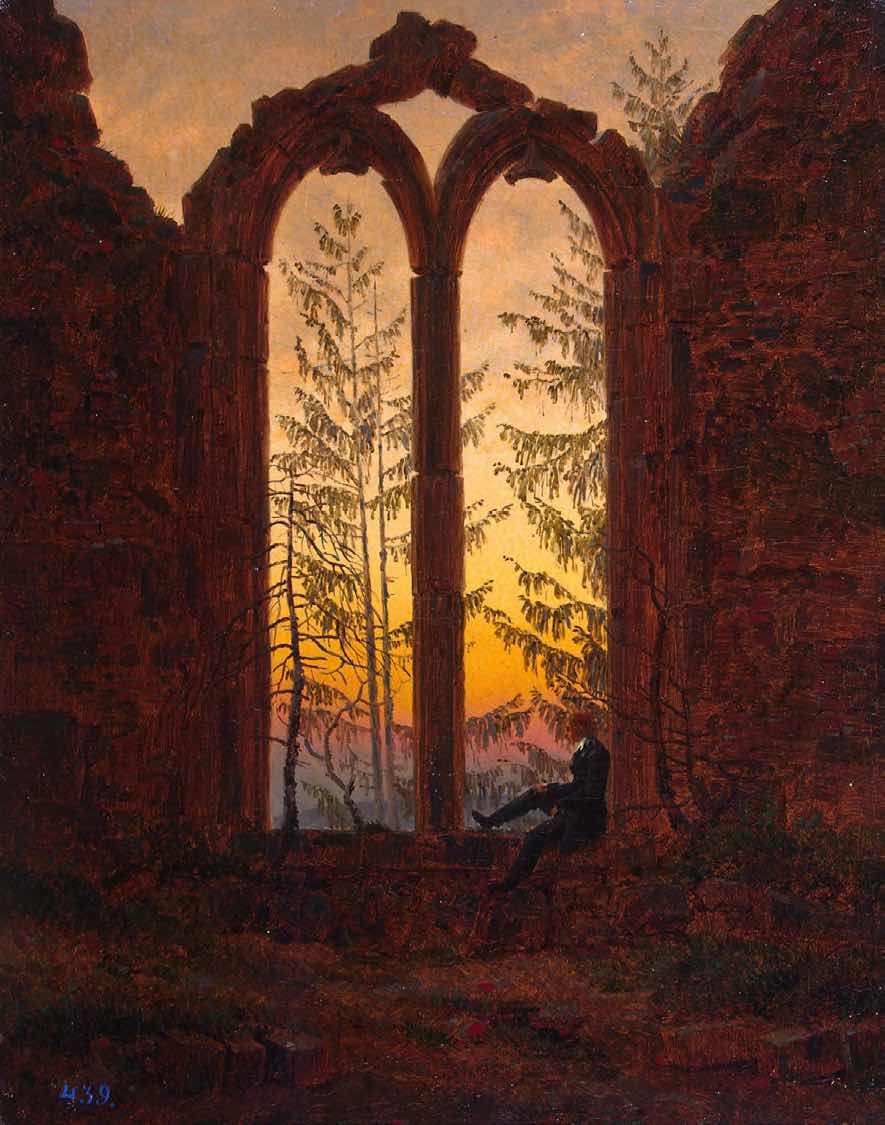
he Big-Picture Man
Tired of words, words, sickly words? Perhaps you long for the strong, silent, painterly type. The Romantic artist loves trees and cliffs and bogs as much as any Nature Boy wordsmith might, and he challenges the Sublimist in all of us to gaze upon his work without at least a little terror at the thought of one picture’s worth.
The visual movement lagged behind the verbal one by a few years; it took that long to grind stones and beetles into powder and make paint, let alone stretch and gesso a canvas. Be prepared, accordingly, to help your beau haul supplies outdoors, to get as much done en plein air as possible. You don’t need to fix your hair to be his model; human figures are tiny or nonexistent in his work. Someone such as Caspar David Friedrich much prefers the majesty of nature viewed from a cliffside or gazing upward into the beech leaves—it is divine, after all, and you are part of tawdry civilization.
You will want to avoid a type like J.M.W. Turner, the granddaddy of landscape painting. Of notoriously difficult disposition, he was a Wunderkind who entered the Royal Academy of Arts in 1789, at age fourteen, and was unlikely to let you forget it. He never married but did have two daughters with his housekeeper—none of whom can be blamed for the filthy conditions in which he lived during crotchety old age.
Much more restful would be a few cozy hours with P.C. Skovgaard, whose very name means “Forest garden.” He illustrated some of H.C. Andersen’s stories but is better known to his fellow Danes as the painter of Summer Day in Dyrehaven, View from Møns Klint, and The Old Oak Tree With the Stork’s Nest Near Jægerspris—all celebrations of very local landscape. Failing to snag the father, you might try with one of the children; his sons and daughter were painters too.
If you’re a lady and want to be taken seriously with a brush in your hand, consider the American Hudson River School. There’s plenty of nature here to go around, and for every three or four Thomas Coles and Albert Bierstadts, there was a Susie M. Barstow or Eliza Pratt Greatorex climbing a hillside and campaigning to establish national parks. No one in this school enjoyed a particularly colorful love life, but after trysting with some other Romantics, maybe you could use a little rest.
And if you just can’t choose between words and pictures— don’t! Proto-Romantic William Blake didn’t either. Known in life as an engraver, he also wrote and illustrated his own poems and painted scenes inspired by Dante and the Bible. Nor did he wish to choose only one partner; he loved his wife but she was barren and his early work opposed the “frozen marriage-bed” to champion a version of Free Love. When he returned to Christianity later in life, it was a sexy sort that still enjoyed the pleasures of the senses.
That Tyger burned bright indeed, and so can your love. Otherwise, feel free to wander off on your own.
In the end, one overwhelming, and overwhelmingly Romantic, message remains: Seize the moment. Seize true love when and where you can find it. Keep the dream alive! And as Keats concluded in “Bright Star”: “so live ever—or else swoon to death.”




























